There’s a sleepy European wine scene worth investigating otherwise known as Croatia. The small country of four million is better known for its turquoise water and beaches along the endless Adriatic coastline, an extremely talented soccer team, and one of the best looking flags out there.
Alas, there’s also great wine in this nation set just beneath Slovenia and a short sail to Italy. The country moreover sports a two-sided climate coin, one region cooler and more continental up in the hills and mountains, and one very Mediterranean. As a result, Croatia has the ability to produce a decent mix of fine grapes.
There are hundreds of recognized growing areas, but the country can generally be divided into three main areas. Dalmatia is responsible for the postcard imagery we normally think of when we think of a sunny summer’s day on the Croatian coast. Steeply set vineyards near cliffsides enjoy plenty of sun and incredible ocean views.
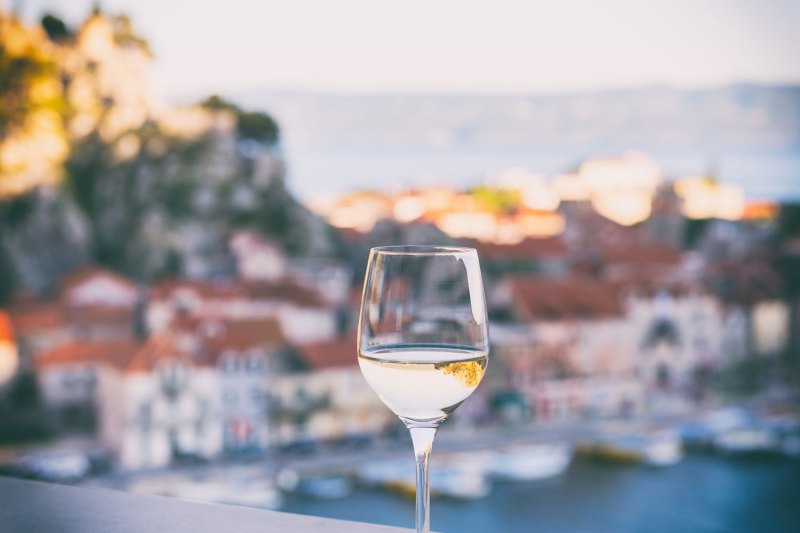
Istria makes up the northwestern corner of the country, with a climate — and grape varieties — not unlike northern Italy. Continental Croatia includes everything inland, where cooler temperatures prevail. Here, you can find fresh, delicate wines that thrive in the crisper, higher-elevation air.
Like a lot of smaller European countries, especially in the east, there are scores of quite unique indigenous varieties. In Croatia, those include, most notably, Graševina and Malvazija Istarska. The former is the most common in the land, producing crushable white wines with zippy acidity and lower alcohol. The latter is a white with a bit more structure and does particularly well as an orange wine.
It’s also worth mentioning Plavac Mali, a direct relative of Zinfandel, both in terms of genetics and its behavior as a wine. And Pošip, a white native to Croatia that’s still realizing its impressive potential. It can have a nice mashup of orchard fruit and nutty flavors. Then there’s Teran, a grape that does particularly well in Istria and is often enjoyed young, as both a lighter red and rosé.
There’s good Pinot Noir in Croatia as well, which is all the more impressive given the grape’s picky nature. You may see it labeled as “Pinot Crni,” but it’s the same thing. Part of inland Croatia shares the same latitude as Burgundy, so perhaps it’s not that surprising after all. Sauvignon Blanc and Riesling have taken well to Croatian soils, too, with more options to follow as the nation looks to up its wine export game. At the moment, the country consumes most of what it creates. That’s likely to change given recent nods by the wine community and winos elsewhere.
In the meantime, look at for these tasty encapsulations of the underrated Croatian wine realm:
Bura 2017 Rukatac
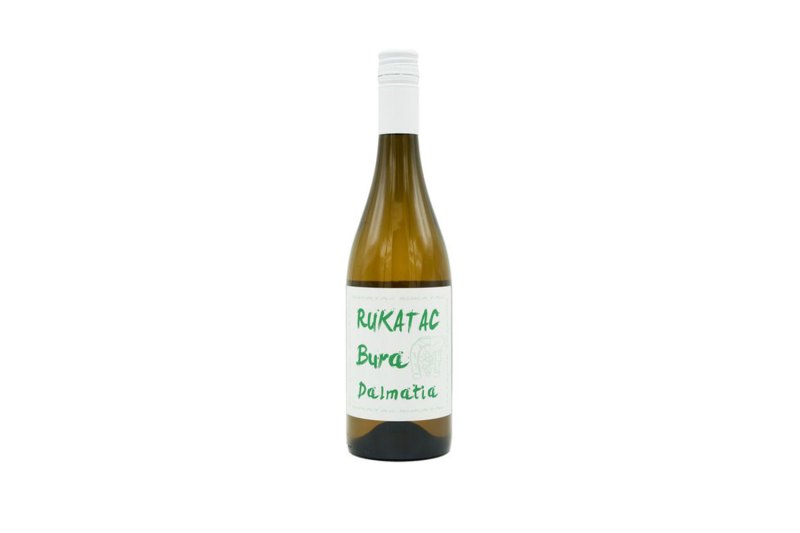
This Dalmatian white has just the right amount of funk to it, with some nice fruit and minerality to boot.
Sipun Krk Zlahtina 2016
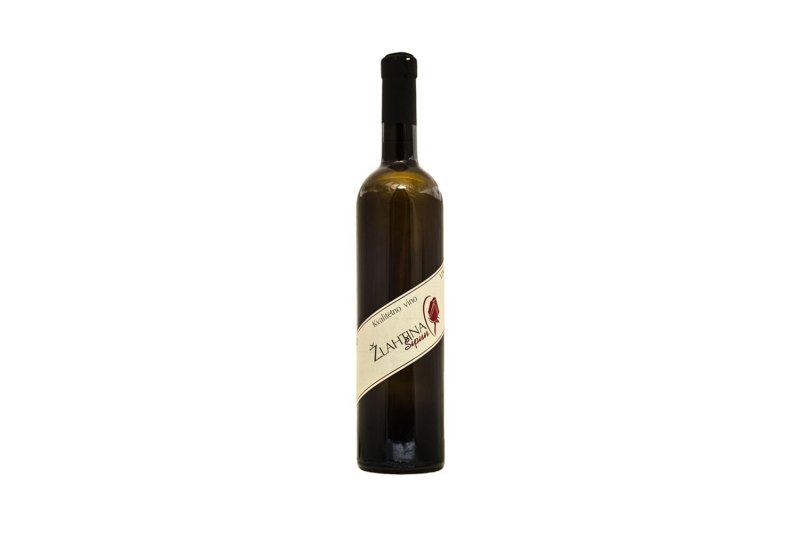
This one is fun and unique, great with lighter fare and made from the relatively rare Zlahtina grape.
Zlatan Otok Vinogorky Hvar 2015 Pošip
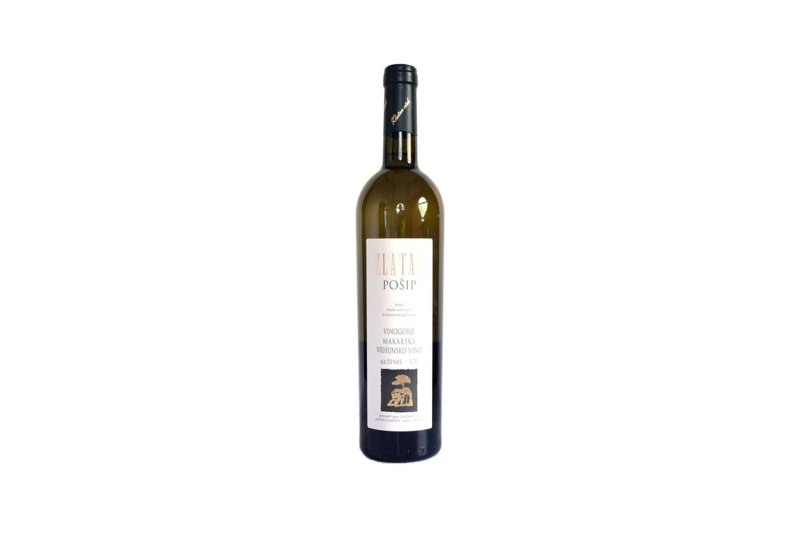
The extended skin contact afforded to this wine means loads of complexity and a white that drinks a lot like a red.
Terra Madre Plavac Mali Premium 2016
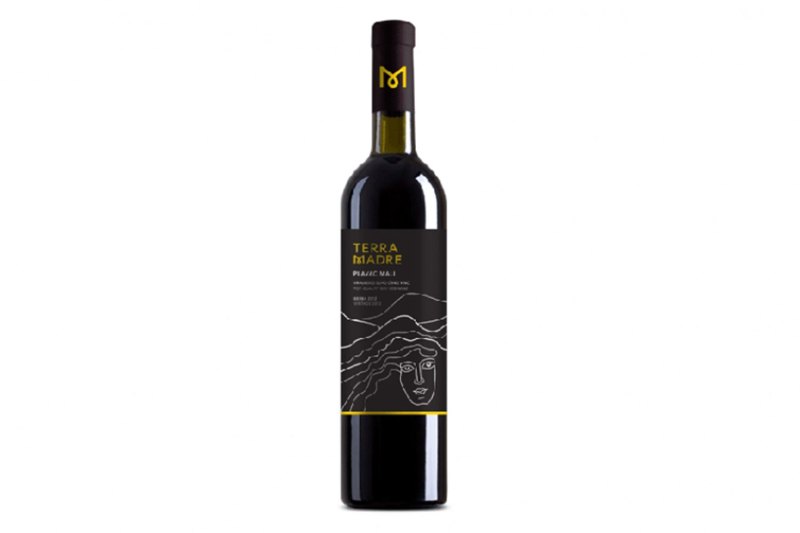
Blended with a bit of Cabernet, this red is very agreeable, with healthy dashes of fruit and spice.
Tomac Pinot Crni 2017
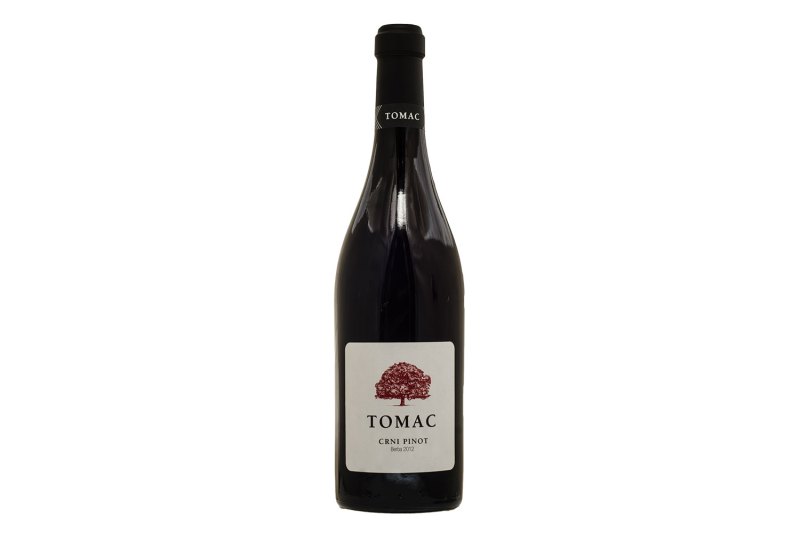
All the good things a solid, affordable Pinot from Europe can be, light and layered.


